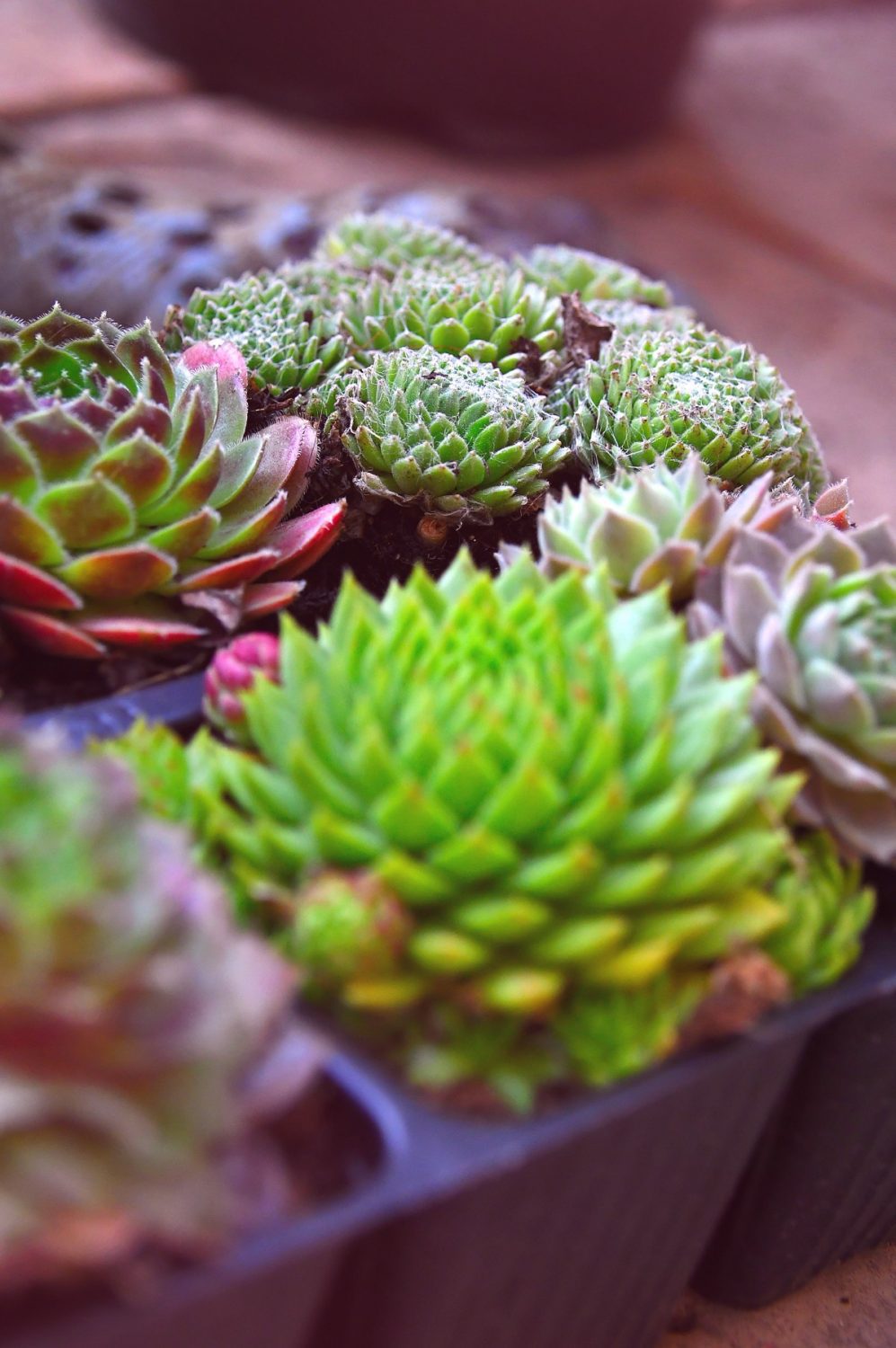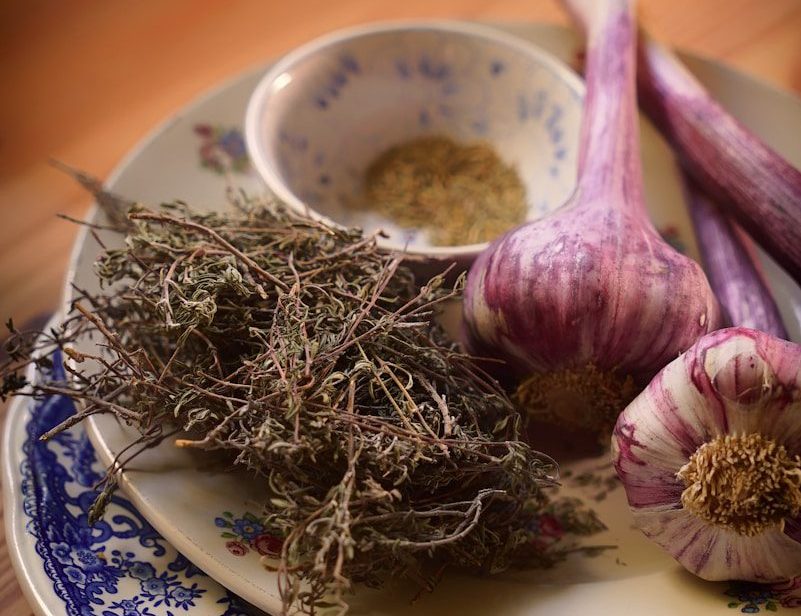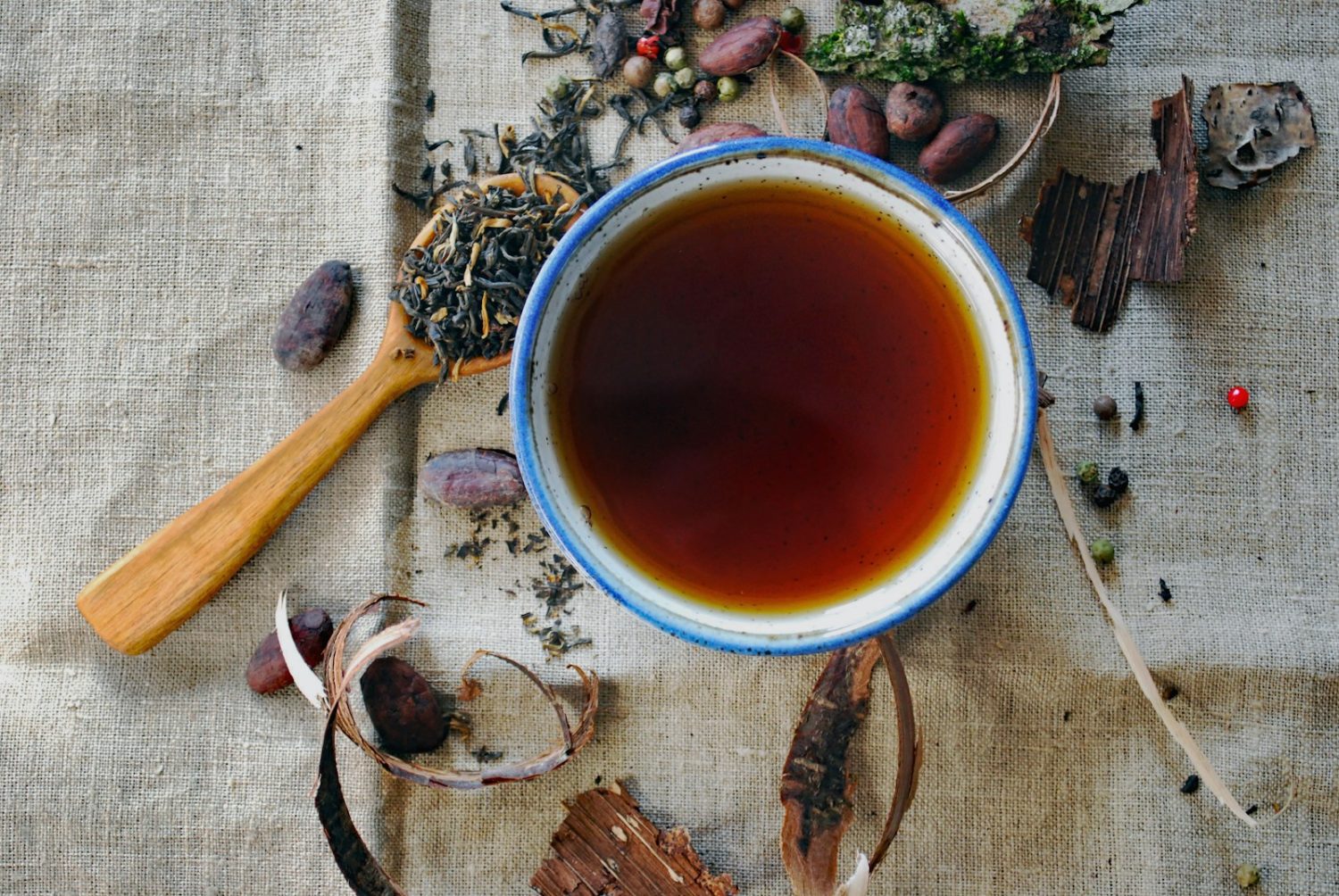The Fascinating World of Succulent Plants: Ultimate Guide
If you’re like most people, you probably think of cacti when you hear the word “succulent.” However, succulent plants come in all shapes and sizes, and there is much more to them than just prickly plants that thrive in the desert. In this blog post, we will discuss everything you need to know about succulent … Read more





